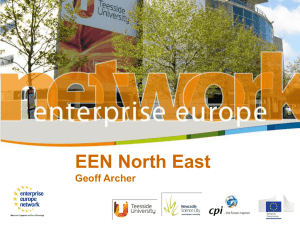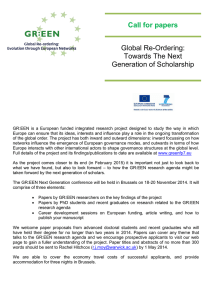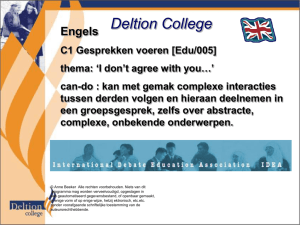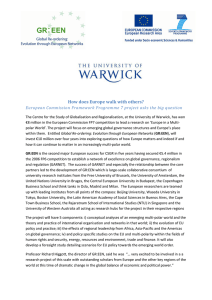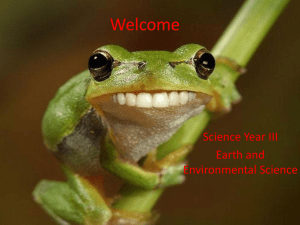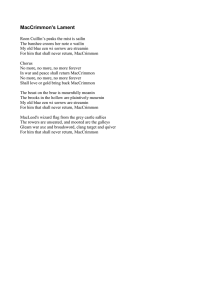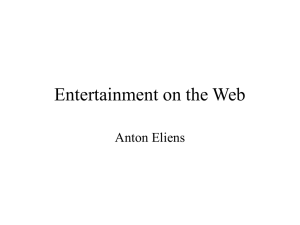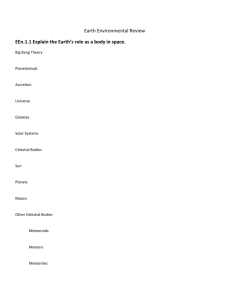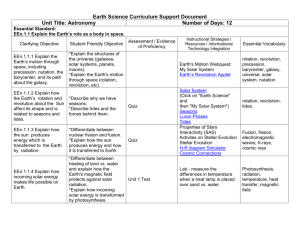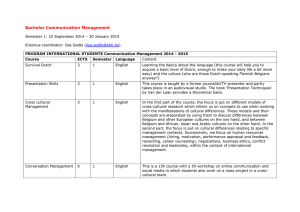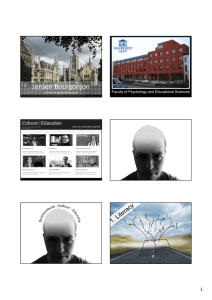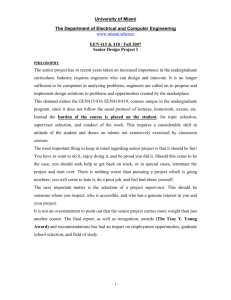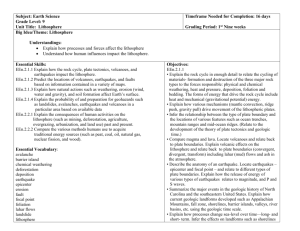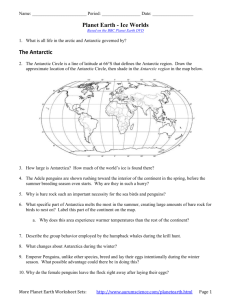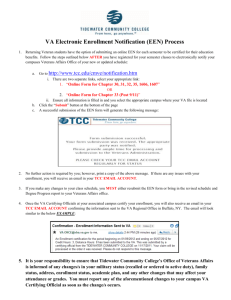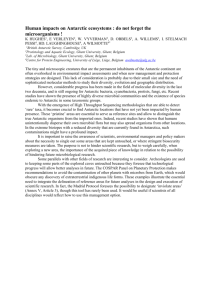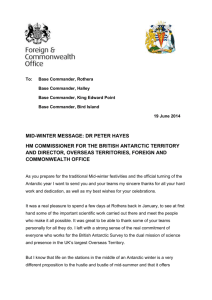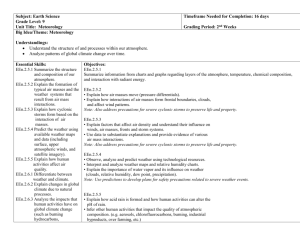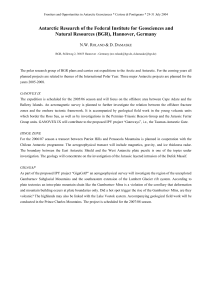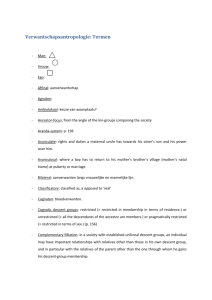Classroom Implementation Strategy
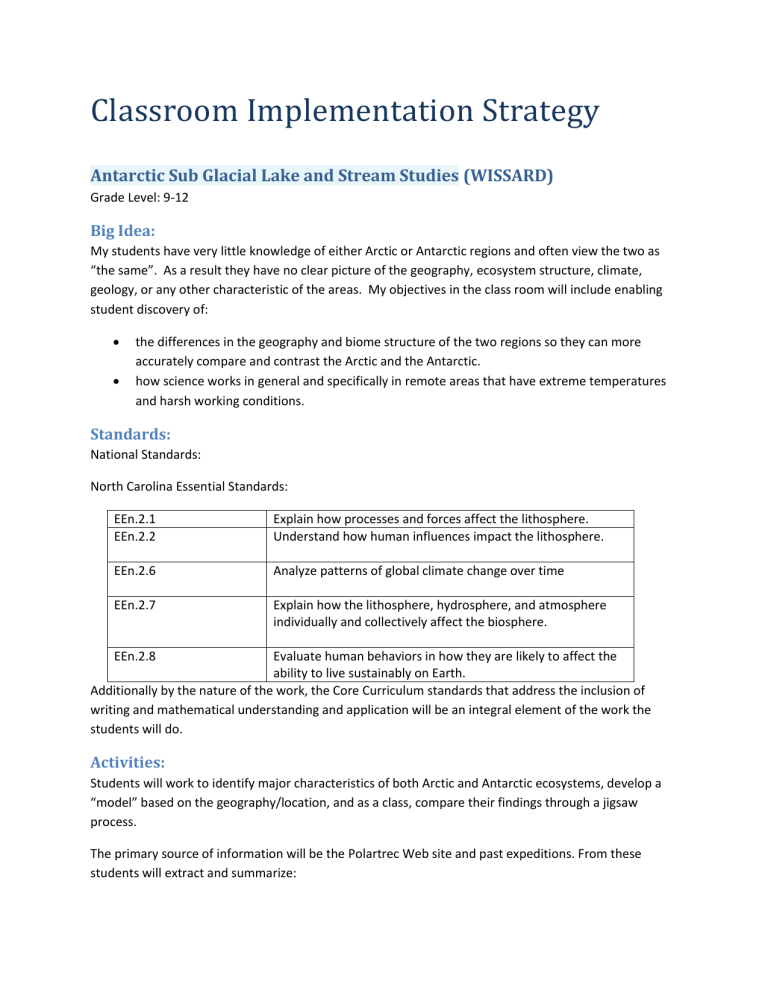
Classroom Implementation Strategy
Antarctic Sub Glacial Lake and Stream Studies (WISSARD)
Grade Level: 9-12
Big Idea:
My students have very little knowledge of either Arctic or Antarctic regions and often view the two as
“the same”. As a result they have no clear picture of the geography, ecosystem structure, climate, geology, or any other characteristic of the areas. My objectives in the class room will include enabling student discovery of:
the differences in the geography and biome structure of the two regions so they can more accurately compare and contrast the Arctic and the Antarctic.
how science works in general and specifically in remote areas that have extreme temperatures and harsh working conditions.
Standards:
National Standards:
North Carolina Essential Standards:
EEn.2.1
EEn.2.2
EEn.2.6
EEn.2.7
Explain how processes and forces affect the lithosphere.
Understand how human influences impact the lithosphere.
Analyze patterns of global climate change over time
Explain how the lithosphere, hydrosphere, and atmosphere individually and collectively affect the biosphere.
EEn.2.8 Evaluate human behaviors in how they are likely to affect the ability to live sustainably on Earth.
Additionally by the nature of the work, the Core Curriculum standards that address the inclusion of writing and mathematical understanding and application will be an integral element of the work the students will do.
Activities:
Students will work to identify major characteristics of both Arctic and Antarctic ecosystems, develop a
“model” based on the geography/location, and as a class, compare their findings through a jigsaw process.
The primary source of information will be the Polartrec Web site and past expeditions. From these students will extract and summarize:
the physical characteristics and climate of the regions
an understanding of the biotic and abiotic communities
a brief history of man’s activities and impacts on the regions.
Assessment
Students will produce a poster or interactive display that brings together the individual and group findings that will allow the class to compare and contrast the regions and critique each other’s findings.
